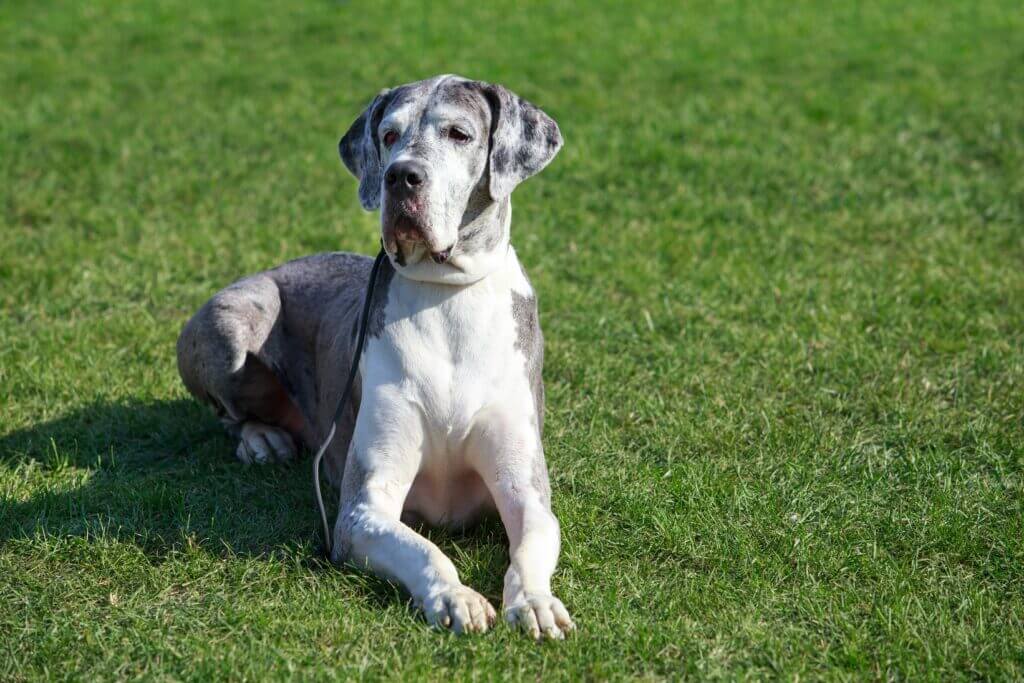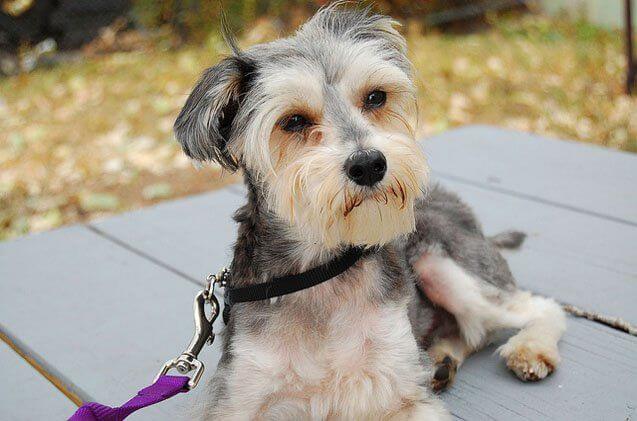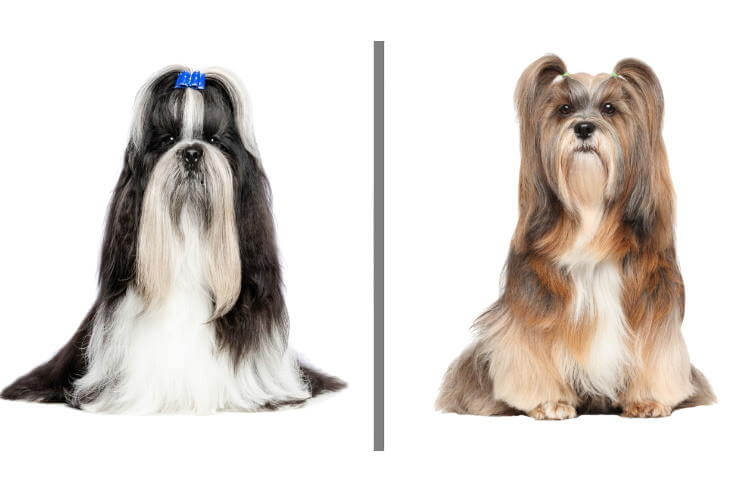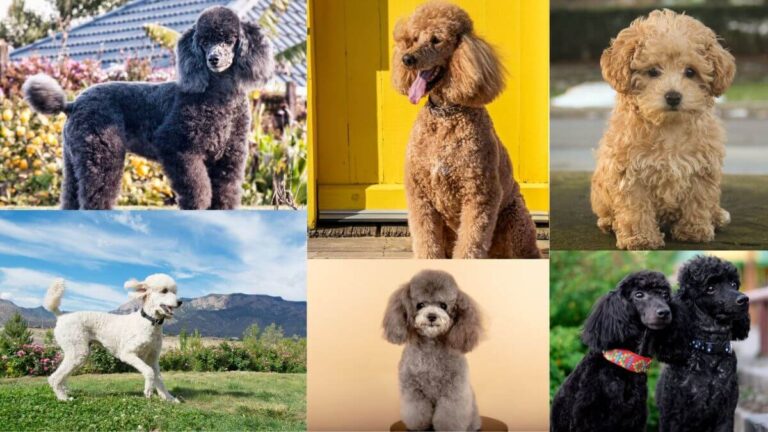Great Dane Dog Breed | Description, Temperament, Lifespan, & Facts
The Great Dane, often referred to as the “Apollo of dogs,” is a breed that stands out for its sheer size and gentle disposition. These majestic dogs are known for their towering presence and friendly nature, making them beloved companions for many families. This comprehensive guide delves into everything you need to know about the Great Dane dog, from its historical roots to its unique characteristics and care requirements.
Contents
History and Origin
Great Danes have a rich history that dates back thousands of years. Their origins can be traced to ancient civilizations where large mastiff-like dogs were bred for hunting and guarding. The breed we recognize today was developed in Germany, where they were known as Deutsche Dogge. Initially used to hunt wild boar, Great Danes were prized for their strength, agility, and courage. Over time, their role shifted from hunters to noble companions, admired for their regal appearance and gentle nature.
Physical Characteristics
The Great Dane is a giant among dogs, renowned for its impressive stature and elegant build. Males typically stand between 30 to 34 inches tall at the shoulder, while females range from 28 to 32 inches. They can weigh anywhere from 110 to 175 pounds. Despite their size, Great Danes are known for their grace and balance. Their short, sleek coat comes in various colours, including fawn, brindle, blue, black, harlequin (white with black patches), and mantle (black and white). One of the most distinctive features of the Great Dane is its expressive face, often characterized by soulful eyes and a dignified expression.
Temperament and Personality
Great Danes are often described as gentle giants. Their temperament is generally friendly, patient, and affectionate, making them excellent family pets. They are particularly good with children, often displaying a calm and protective nature. Despite their size, Great Danes are known for their gentle demeanour and are usually very good-natured around other pets. They thrive on human companionship and tend to form strong bonds with their families. However, their large size and exuberant nature mean they need proper training and socialization from an early age to ensure they grow into well-mannered adults.
Health and Lifespan

Like many large breeds, Great Danes are prone to certain health issues. Common conditions include hip dysplasia, heart disease, bloat (gastric torsion), and bone cancer. Regular veterinary check-ups and a balanced diet are crucial in maintaining their health. The average lifespan of a Great Dane is relatively short, typically ranging from 7 to 10 years. While their time with their families may be shorter compared to smaller breeds, their loving nature and unique presence make every moment with a Great Dane memorable.
Care and Grooming
Caring for a Great Dane involves meeting their basic needs while being mindful of their unique requirements. Their short coat is relatively low-maintenance and requires regular brushing to minimize shedding. Bathing should be done as needed, but not too frequently, to avoid skin irritation. Great Danes need regular exercise to maintain their physical health and prevent obesity. Still, it’s important to avoid over-exercising them, especially when they are puppies, to protect their developing joints. A spacious living environment is ideal for a Great Dane, though they can adapt to apartment living if given enough exercise and mental stimulation.
Training and Socialization
Training a Great Dane requires patience, consistency, and positive reinforcement. Due to their size, it’s essential to establish good behaviour early on. Basic obedience training, including commands like sit, stay, and come, is crucial. Socialization is equally important to help them become well-adjusted adults. Introducing them to a variety of people, places, and other animals from a young age will help prevent any fearfulness or aggression. Great Danes are intelligent and eager to please, which can make training a rewarding experience.
Living Conditions and Environment
Great Danes need plenty of space to move around comfortably. While they can adapt to apartment living, access to a yard or nearby park for regular exercise is beneficial. Inside the home, they should have a comfortable space to rest, away from drafts and hard floors. Their size can make travel and transportation a bit challenging, so it’s essential to consider how you will accommodate a Great Dane in your vehicle and living arrangements.
Fun Facts and Myths
Great Danes have a fascinating history filled with interesting facts and myths. For instance, they were once believed to ward off evil spirits and ghosts, leading to their nickname “Ghost Dogs” in some cultures. Despite their imposing size, Great Danes are known for their surprisingly low bark frequency; they only bark when necessary. One of the most famous Great Danes is Scooby-Doo, the beloved cartoon character who has been solving mysteries with his human friends since 1969.
Great Dane in Popular Culture
Great Danes have made numerous appearances in popular culture. Beyond Scooby-Doo, they have featured in movies such as “The Ugly Dachshund” and “The Secret Life of Pets.” Their distinctive look and charming personalities make them a favourite choice for filmmakers looking to add a touch of elegance and humour to their stories.
Adopting a Great Dane
Adopting a Great Dane requires careful consideration and preparation. Potential owners should be ready for the responsibilities that come with owning such a large breed. This includes understanding their health needs, training requirements, and the financial commitment involved in their care. When looking to adopt, it’s important to find reputable breeders or rescue organizations that prioritize the health and well-being of their dogs. Visiting the breeder or rescue, asking about health clearances, and meeting the puppy’s parents can provide valuable insights into the dog’s future health and temperament.
Conclusion
Great Danes are truly remarkable dogs that bring a unique blend of grandeur and gentleness to any home. While they require specific care and attention, their loving nature and loyal companionship make them a wonderful addition to many families. Whether you’re a current owner or considering bringing a Great Dane into your life, understanding their needs and characteristics is essential to ensuring a happy, healthy relationship with your gentle giant.
Related: Australian Cattle Dog
Top FAQs about Great Danes
What is the average lifespan of a Great Dane?
The average lifespan of a Great Dane is typically between 7 to 10 years. Despite their relatively short life expectancy compared to smaller breeds, they bring immense joy and companionship to their families during their time together. Regular veterinary check-ups and a balanced diet can help maximize their lifespan.
Are Great Danes good family pets?
Yes, Great Danes are known for their friendly and gentle nature, making them excellent family pets. They are particularly good with children and tend to be protective and affectionate. However, due to their large size and strength, supervision is recommended when they are around small children to ensure safe interactions.
How much exercise do Great Danes need?
Great Danes require regular exercise to maintain their physical health and prevent obesity. They benefit from daily walks and playtime but should not be over-exercised, especially as puppies, to protect their developing joints. A couple of short walks and some playtime in a secure yard are usually sufficient for adult Great Danes.
What are the common health issues in Great Danes?
Great Danes are prone to several health issues, including hip dysplasia, heart disease, bloat (gastric torsion), and bone cancer. Regular veterinary visits, a balanced diet, and proper exercise are essential to help manage and prevent these health concerns. It’s also advisable to get health clearances from breeders when adopting a Great Dane puppy.
How much space do Great Danes need?
Great Danes require plenty of space to move around comfortably due to their large size. While they can adapt to apartment living if given enough exercise and mental stimulation, a home with a spacious living area and access to a yard or park is ideal. They should also have a comfortable resting space that accommodates their size, away from hard floors and drafts.
- Golden Retriever Pros and Cons: What Every Pet Parent Should Know - 15 September 2025
- Cane Corso Dog Breed: Health, Care, and Lifespan - 14 September 2025
- Catahoula Leopard Dogs: Description, Temperament, Lifespan, & Facts - 21 July 2025







